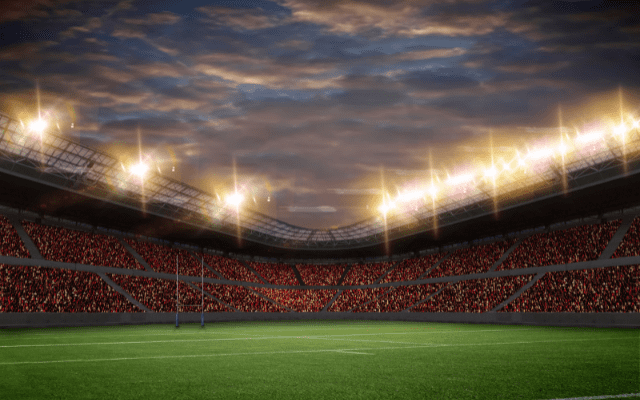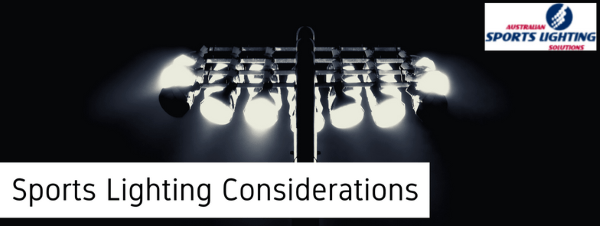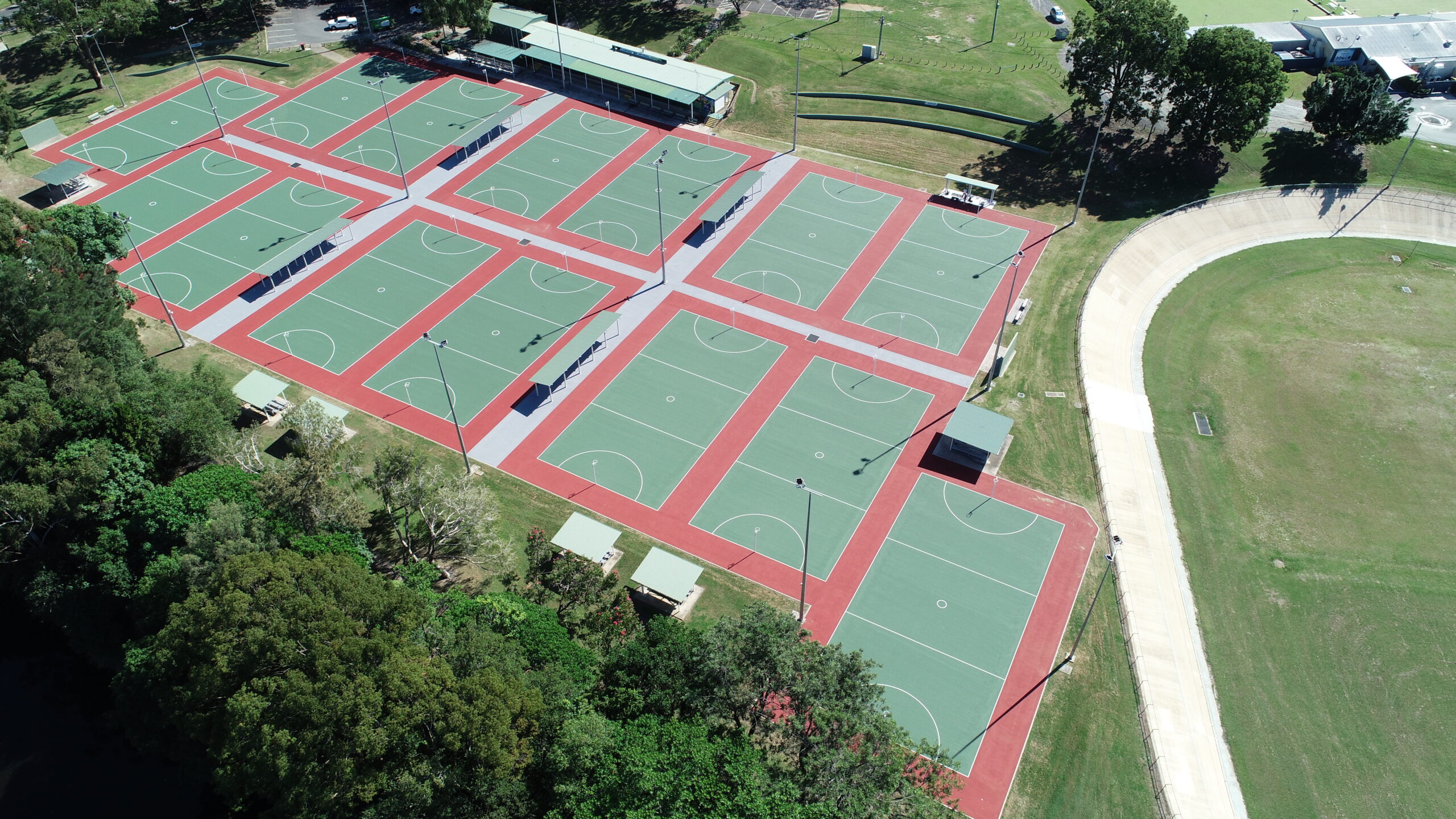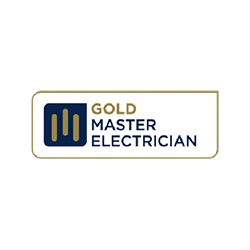Sports Lighting Standards
What are the sports lighting standards?
Sports lighting is a critical factor when it comes to improving the game experience and performance of athletes. Therefore having the right light can ensure optimal visibility for players during their sports activities. Overall sports lighting plays a vital role in ensuring safety, extending playing time, enhancing spectator experiences, meeting professional standards, and driving economic and community benefits associated with sports activities. Our team of professionals service Greater Brisbane, Gold Coast and Sunshine Coast.
For helpful advice on sports lighting, please contact Australian Sports Lighting Solutions and speak to one of our friendly team on 1300 054 488 or complete our online enquiry form and we will be in touch.
All services
Revised Sports Lighting Standards
The newly revised standards AS 2560.2:2021 provides guidance on appropriately lit facilities for sports clubs and communities for various levels of play, from professional-level match play to recreational training.
AS 2560.2 sets out design and performance requirements and recommendations for the lighting of specific outdoor and indoor sports areas. The sports include aquatic sports, bowls, cricket, equestrian sports, football, hockey, netball, basketball, squash, and tennis, as well as multipurpose indoor sports centers. It also provides recommendations for spectator areas and safety lighting.
The revised sports lighting standard aligns its procedures with international organisations, ensuring consistent terminology and keeping pace with industry advancements. Furthermore, the standard embraces the latest LED technology, aiming to enhance the overall illumination quality in sports venues and indoor areas. This advancement contributes to optimising the utilisation of grounds and indoor facilities, maximising their potential.

Key Sports Lighting Standards
Sports lighting needs to meet specific standards set by various sports organisations and governing bodies. The standards may vary depending on the sport, level of play, and the type of venue. Here are some general considerations:
Illuminance Levels: The illuminance level refers to the amount of light reaching a specific area and is measured in lux. Different sports have different requirements for illuminance levels based on factors such as the size of the playing area, the speed of the game, and the distance from which spectators view the action. For example, high-intensity sports like soccer or baseball typically require higher illuminance levels compared to indoor sports like basketball.
Uniformity: Uniformity is the even distribution of light across the playing surface. It ensures that there are no significant variations in illuminance levels that could affect player performance or safety. Standards often specify minimum and maximum ratios between the average illuminance and the minimum illuminance in specific areas.
Glare Control: Glare occurs when excessively bright light sources or reflections impair vision and create discomfort for players and spectators. Sports lighting standards often include guidelines for controlling glare, such as the use of appropriate shielding, aiming angles, and light source characteristics to minimise direct glare.
Flicker and Stroboscopic Effect: Flicker refers to the rapid variation in light output, while the stroboscopic effect refers to the perception of motion distortion due to lighting. Standards may define limits on flicker and stroboscopic effects to ensure the lighting system does not interfere with player performance or visual perception during high-speed action.
Color Rendering Index (CRI): CRI measures how accurately a light source reveals the true colours of objects compared to natural light. Certain sports, such as televised events, require high CRI to ensure accurate colour reproduction for broadcasting purposes.
Energy Efficiency: In recent years, there has been a growing emphasis on energy efficiency in sports lighting. Standards may include guidelines for energy-efficient lighting technologies, such as LED fixtures, to minimise energy consumption and reduce environmental impact.
Specific sports organisations and governing bodies, such as FIFA (International Federation of Association Football) or the International Olympic Committee (IOC), may have their own unique lighting standards for their respective sports. These standards often consider factors specific to the sport and the level of play, ensuring fair competition and the best possible conditions for athletes and spectators.

Professional Sports Lighting Specialists
Whether you’re looking to light up a basketball or tennis court, Australian Sports Lighting Solutions are the ultimate source for quality and safety with impeccable standards that guarantee top-notch results. We understand that proper illumination on the field can make all the difference in allowing athletes to deliver their best performance yet.
For constructive advice on sports lighting, please contact Australian Sports Lighting Solutions and speak to one of our friendly team on 1300 054 488 or complete our online enquiry form and we will be in touch.
Trusted by over 7,400 reviewers on Google.
Rated 4.6 stars from more than 7,400 reviews in Brisbane


